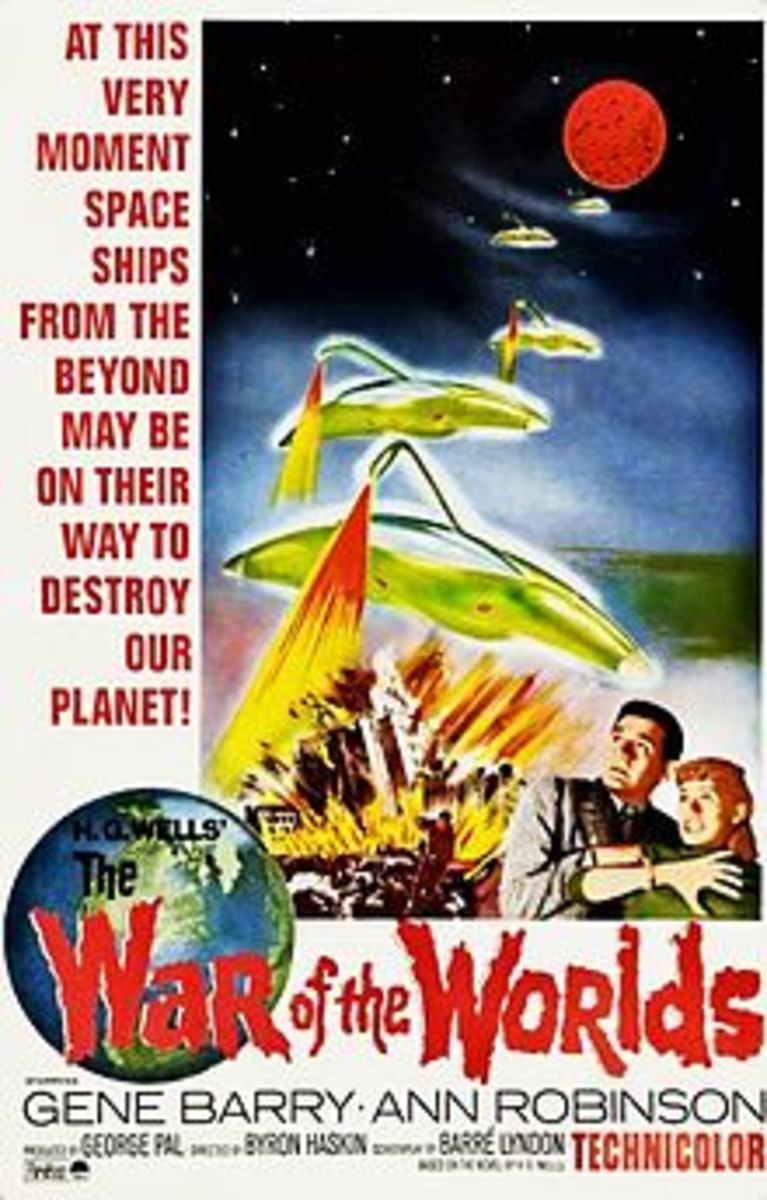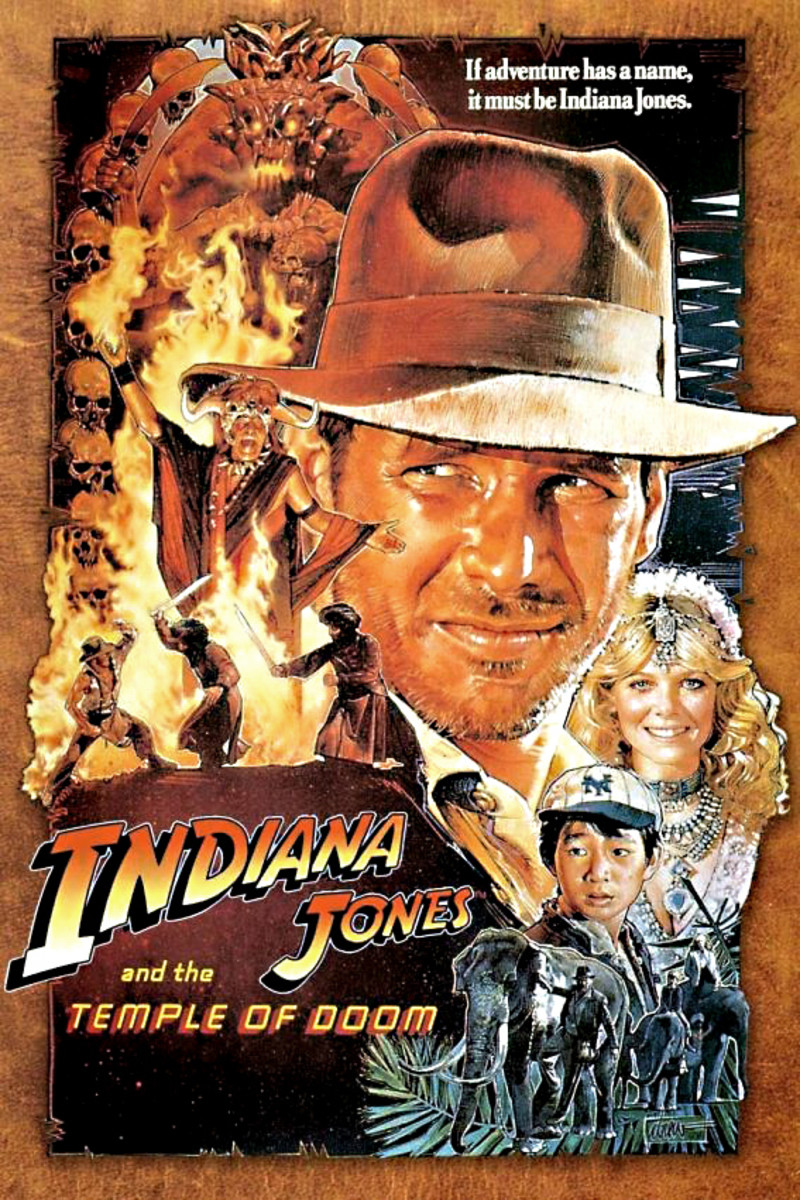The Genius of Steven Spielberg
The Genius of Steven Spielberg
Is Steven Spielberg a genius, trailblazer or a throwback to a bygone era? I am of the opinion that he is all three. I am also of the belief that he has the distinction of being the standard bearer for all future filmmakers.
As early as five years old Spielberg exhibited an atypical appetite for creativity. As Tom Shone pointed out in his book “Blockbusters”, “his father took him to see the greatest show on earth, the movie on his fifth birthday. Steven thought he was going to the circus. His reaction to the film was one of disappointment, as a matter of fact, he thought it was the greatest swindle in town.” He said, years later, he wanted to see three dimensional characters and all this was flat shadows, flat surfaces, I was disappointed by everything, after that I didn’t trust anybody, I never felt life was good enough, so I had to embellish it.” Steven Spielberg at that age began to envision what he wanted to see on film. His imagination led him to experiment in his mothers kitchen, improvising with special effects by, “blowing things up in his mothers microwave oven to see if he could create a real life imitation of gore and guts, he would throw cherry pies against the wall and ceiling to see if he could reproduce what blood looks like during an act of violence, “His mother described him as not cuddly and scary.”
This unusual behavior as a child, this exploring of boundaries was an early manifestation of his creativity, his genius. The truly gifted filmmakers have one thing in common, their ability to tell a great story. A story that awakens the emotions of the movie goer. Laughter, tears, anger, fear, love, animosity, compassion, empathy are all adjectives that are associated with his movies. His uncanny six sense for putting his finger on the pulse of what is relevant. His list of films was eye opening. Starting in the 1970’s “Duel and the Sugarland Express, 1980’s, The Color Purple and Empire of the Sun, 1990’s, Shindlers list, Amistad and Saving Private Ryan, 2000 – Munich and the Abraham Lincoln project. His subject matter traveled through centuries to bring us thought provoking, emotional and controversial imagery. Breathing life into emotions and we sometimes find disturbing (anger, outrage, hate) and emotions we find uplifting (Love, compassion empathy, sympathy) all while incorporating courage and the human spirit into his characters. Shindler’s List, Saving Private Ryan and Amistad are three examples of films that embodied those characteristics. I found evidence of his versatility in action and adventure, Indiana Jones sagas, Sugarland Express. Science fiction, Close Encounters of the Third Kind, E.T the Extra Terrestrial, Artificial Intelligence, Minority Report, and War of the Worlds. I also found hook, Jurassic Park to be for children of all ages. There are Producers and Directors who excel in each of those areas, but found none, with the exception of Steven Spielberg, who excelled in all of them.
Although Spielberg is renown for making entertaining movies with box office appeal, he also has his detractors. Some of the criticism is legitimate, some overblown. The Color Purple was critically acclaimed for its content as well as for the outstanding performances of Danny Glover and Whoopi Goldberg. The major criticism of the film according to an excerpt in a book by Tom Shone titled “Blockbusters” illustrated “that it de-emphasized the racist aspects of the south during that period in American history.” I classify this as being overblown criticism. The film was about a dysfunctional, brutal relationship that affected the lives of those who became consumed by it. Not every film about that era revolved around racism, it’s a given fact that it existed, Amistad, another acclaimed piece, was derided by some critics for downplaying the heroism of the slaves. According to Jonathan Kirsher, ”didn’t Spielberg downplay the heroism of the slaves in his 1997 historical epic Amistad by focusing too much attention on the efforts of the noble white men fighting valiantly for black freedom and just as perniciously by sacrificing the development of Dijmon Houson’s wonderful character cinque for too many close-ups of Matthew” This I feel was a legitimate critique. There are far too many stories of bravery and heroism that have been ignored or purposely buried in American history. His biggest criticism is that he is a “not so subtle champion of middle class values, easy patriotism and bourgeois taste, taste that his detractors, gleefully note, glorify suburban lives, family values.” Film and history (6).
It has also been said that he has done more to endorse uncritical celebrations of Americas World War II veterans than Tom Brokaw could ever hope to equate by inverting the traditional war-rescue picture, to send an entire squadron of soldiers in to save one man in “Saving Private Ryan.” This criticism, in my opinion, comes under the cliché “Damned if you do and damned if you don’t.” If Spielberg had neglected to insert America’s value system into that film the critics would have been all over him for being too negative and insensitive to those who made the ultimate sacrifice in World War 1I, what was he supposed to do show the softer side of Nazism? Spielberg stays true to his vision; instilling optimism and hope into his films and letting others do otherwise.
As a trailblazer, Spielberg learned from the some of the best. Steven Spielberg honed his directing skills early on in television, “Spielberg began his career as a professional by directing several episodes for television programs that were being shot at universal movie studios. First among these was the pilot episode of Rod Serling’s Night Gallery, which starred the legendary Hollywood actress Joan Crawford. He went on to direct episodes of Marcus Welby M.b, Owen Marshall, Colombo, The Psychiatrist and The Name of the Game.” Encyclopedia of world biography Vol.14.2nd edition. Page 380
The era of the forties, fifties and the nineteen sixties entertained movie goers with “Cliffhanging serials. Each week in addition to seeing a double feature (two movies for the price of one) you also got to see a serial – Flash Gordon, Superman, The end of each episode would leave the outcome in doubt. Spielberg worked to recreate this concept in his Indiana Jones trilogy 1981-1989 The Indiana Jones pictures mixed a loving affection for old-time movie serials with a contemporary sensibility – one with an unfortunately high tolerance for excessive violence, however Indiana Jones and the Temple of Doom (1984) the second installment of the serials, necessitated the creation of a new ratings code “P.G. 13 due to its gratuitous gore” Encyclopedia of world biography, volume 14.2nd edition. Page 2 Paragraph 8.
Spielberg has developed an effective technique of fact and fiction to tell a story, this according to an essay written by Jorem Rusen “Steven Spielberg when telling a compelling story based somewhat on fact but labeled fiction uses a technique, a concept developed and described as and distinguishes among three dimensions of historical culture, namely political, aesthete and cognitive. In addition to the historical context that serves as a specific pre-condition for the films success” This primarily investigates “the strategies and authentication Spielberg applied at the visual and narrative levels.” Mr. Rusen is describing the technique used in filming Schindler’s list (1 Academy Award). The obvious effect and success of Shindler’s List will undoubtebly inspire future film makers to follow a similar path, factual material and believable fiction incorporated to weave a true to life story.
You can also detect the influence of other great professionals in Spielberg’s work. People like John Huston, Orson Welles and Otto Preminger. The one thing all of them had in common was their ability to put ordinarily people in extraordinary situations. The writing was superb because the dialogue and interaction between actors often carried the film. Their films delved into the character or lack of character of individuals in any given situation scenario. Huston, Welles and Preminger were men who presented life in a bare knuckled, no hold barred, take no prisoner format. The techniques used in film making of that time period (1940 – 1970’s) consisted of ensembled cast, shot in black and white. The character of that era had an edginess to them. Actors like Humphrey Bogart, Peter Lorre, Sidney Greenstreet, James Cagney, George Raft, Edward G. Robinson. Females like Bette Davis, Joan Crawford, Rita Hayworth, Mary Astor, Lauren Bacall and Elizabeth Scott. The artistry behind the camera highlighted camera angles, shadows and close – ups and darkness and light. The interaction between actors was electric and explosive. Films such as Casablanca, The Maltese Falcon, On the Waterfront, and the incomparable and unparelled Citizen Kane had movie goers riveted to their seats. There were no special effects to thrill us, just the expertise of the Director, the chemistry of the cast and the imagination of the movie goer. Who can forget the scenes between Bogie and Bergan in Casablanca or the treachery and Larceny among the cast of the Maltese Falcon. Critics are still marveling at the extraordinary camera angles in Citizen Kane. I see evidence of these men and their techniques in Spielberg’s Saving Private Ryan, Schindler’s list and 1941. Camera angles the use of black and white films, interaction of cast in Indiana Jones. Spielberg is definitely a serious student of film.
There have been great directors and producers throughout the history of cinema in the United States. The true test of greatness is the test of time! Filmmakers often capture the nuances of the human condition. You should feel something after watching a movie. Welles knew it, Huston knew it, Preminger knew it, and a host of others, too many to mention. Some Directors/Producers are gifted in comedy or Drama or action, adventure or science fiction, I put the ones who are talented in one or two of those areas in the great categories. The reason I’ve elevated Steven Spielberg to the level of genius is his versatility and expertise in all the above categories. Very rarely will you find someone in any profession who has that kind of skill set. We may never see the likes of someone like him again. Spielberg is embarking on his fifth decade of excellent filmmaking. Five decades of memorable, relevant, entertaining, thought provoking, emotionally uplifting work in cinema. I challenge anyone to name another with his track record, his longevity and his success over the same length of time.








